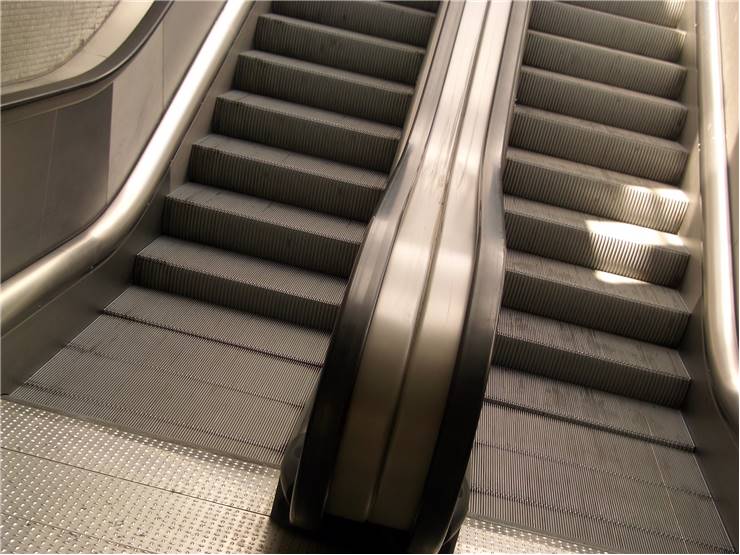The History of Escalators
Since the ancient times humans always searched for the way to easily transport the goods and people from one place to the other. Carriages, ships, and other means of transport did not help then when large amounts of weight needed to be transported to the higher elevation. Elevators that were discovered in 3rd century BC by Greek inventor Archimedes were could transport some weight but they were not practical when lots of goods needed to be moved upward over small periods of time.
One of the earliest uses of escalators was used in the building of the Egyptian Great Pyramid at Giza. In its construction over 2 million stone cubes were laid on the tree trunks and slowly rolled upwards on the artificial earth bridges that surrounded the build site. That continuous use of rolling wheels beneath the transported weight became one of the basic principles behind the today’s escalators.
Escalator that we know today was created in 1859 by the Jesse Reno from Massachusetts, USA. His creation used steam to power to power the stairway conveyer belt that moved on a 25 degree angle (first working example was built in 1895). First commercial “moving staircases” escalator was made by Charles Seeberger in 1897 in cooperation with the Otis Elevator Company. Both Jesse Reno and Charles Seeberger sold their manufacturing offices and patents to Otis Elevator Company in 1911. By 1920s Otis engineers created the basic metal model of Escalators that witch design is in use today.
Today, escalators are used all over the world. Their advantages over elevators are many, mainly in the ability to transfer far greater numbers of pedestrian traffic over the same time. They can be easily installed in places that are designed for ordinary staircases and they can even be used in outdoors (with adequate waterproofing protection). Escalators are often installed in department stores, shopping malls, airports, hotels, and public buildings.

